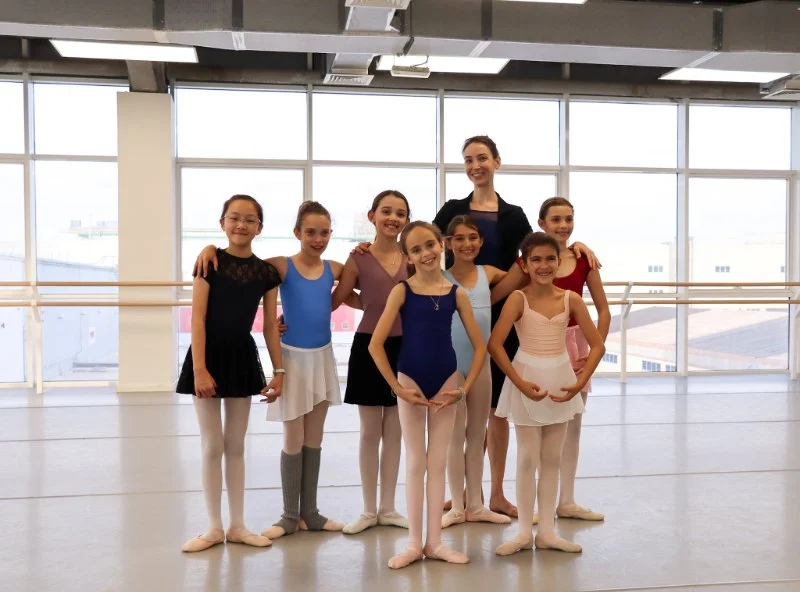
- 1-Cultural Origins of the Foxtrot
- 2-Why the Foxtrot Became Popular
- 3-Evolution of the Foxtrot: From Early Beginnings to Modern Dance
- 4-The Cultural Impact of the Foxtrot on Dance and Society
- 5-The Foxtrot Today: Its Place in Modern Dance Culture
1-Cultural Origins of the Foxtrot
The Foxtrot is one of the most iconic ballroom dances, but its origins are often less well known. It emerged in the early 20th century in the United States, with its roots deeply embedded in American social and cultural life. The dance was initially popularized in New York around 1914 by an African American entertainer named Harry Fox. Fox is often credited with creating a smooth, flowing style of dance to match the jazz music that was taking over the entertainment scene at the time.
The Foxtrot’s rhythms and movements were influenced by the syncopated music of ragtime, but it distinguished itself by being smoother and more elegant than its predecessors. The simple yet graceful movements of the dance made it accessible to a wide range of people, which helped it gain popularity quickly across various social circles.
2-Why the Foxtrot Became Popular
The Foxtrot quickly became a hit for several reasons. Firstly, its smooth and flowing movements were a stark contrast to the more energetic and jarring styles of dance that had been popular before. The Foxtrot was adaptable to different tempos, allowing dancers to perform it to both fast-paced jazz and slower, more romantic melodies.
Additionally, the dance’s structure made it ideal for social gatherings. The Foxtrot didn’t require advanced skills or complicated choreography, which made it accessible for beginners and advanced dancers alike. It became a staple at ballroom dances and social events, especially in urban settings, where the younger, fashionable crowd embraced the dance as part of their lifestyle.
Another factor that contributed to the Foxtrot’s popularity was its connection to the rise of big band jazz in the 1920s. As jazz music dominated the American music scene, the Foxtrot became synonymous with the glamorous social events of the Roaring Twenties, embodying the spirit of both sophistication and fun.
3-Evolution of the Foxtrot: From Early Beginnings to Modern Dance
Since its debut in the early 20th century, the Foxtrot has evolved into several variations, adapting to the changing tastes and musical trends of each decade. The original Foxtrot was relatively simple, with slow and quick steps, but as it grew in popularity, more complex versions developed, incorporating intricate footwork and faster tempos.
In the 1930s, the dance saw its first major transformation with the introduction of the "Smooth Foxtrot" in the world of competitive ballroom dancing. This version focused more on fluidity and elegance, with a focus on long, sweeping movements. Today, the Foxtrot is typically performed in both the smooth and standard ballroom dance styles, each maintaining the dance’s core principles but adjusting the tempo and technique for different audiences.
4-The Cultural Impact of the Foxtrot on Dance and Society
The cultural impact of the Foxtrot cannot be overstated. It played a pivotal role in shaping the development of American ballroom dancing and significantly influenced the broader cultural landscape of the early 20th century. The Foxtrot became a symbol of the Jazz Age, a time of cultural liberation and social change in the United States.
The Foxtrot’s popularity helped foster a sense of community through social dances, and it allowed people from various backgrounds to come together and participate in a shared cultural experience. The dance also became a key part of American movie musicals in the 1930s and 1940s, further cementing its place in popular culture. Famous dancers such as Fred Astaire and Ginger Rogers helped elevate the Foxtrot’s status, making it an integral part of the entertainment industry during that golden age of film and dance.
5-The Foxtrot Today: Its Place in Modern Dance Culture
While the Foxtrot may no longer dominate the social scene as it did in the 1920s, it still holds a prominent place in modern ballroom dancing. Today, the Foxtrot is a standard ballroom dance performed in competitive dancing and is often seen in dance studios around the world. It is also a popular choice in dance shows, with its classic style and elegance making it a favorite for performance pieces.
In addition, the Foxtrot continues to inspire new generations of dancers. With its rich cultural history and timeless elegance, the dance remains relevant in both competitive and social dance circles. Those interested in learning the Foxtrot can find excellent lessons and resources at places like American Dance Academy, where you can find the best training, classes, and events to help you master this beautiful dance.
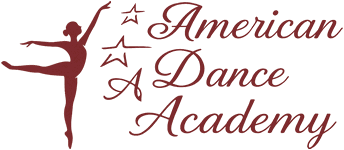
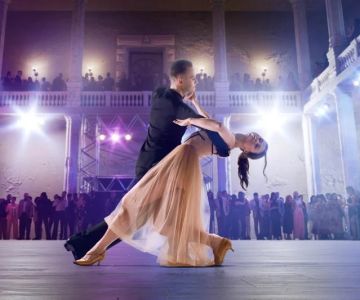
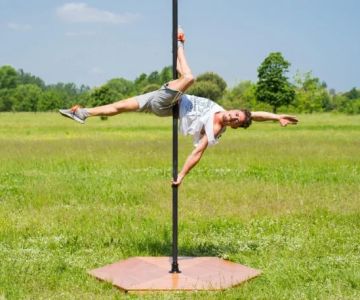
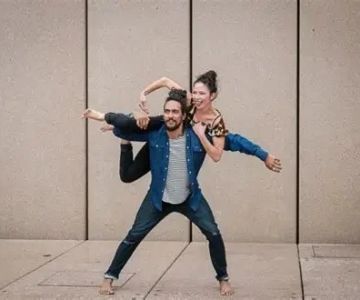

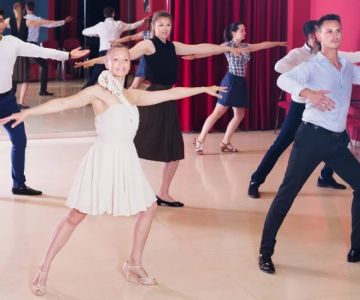
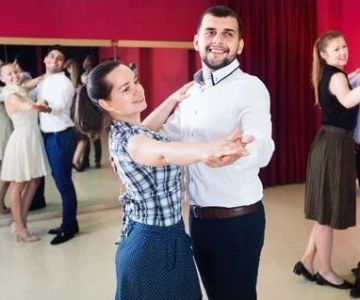
 Barrington Dance Academy5.0 (22 reviews)
Barrington Dance Academy5.0 (22 reviews)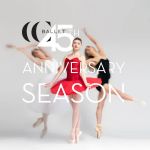 Canyon Concert Ballet4.0 (17 reviews)
Canyon Concert Ballet4.0 (17 reviews) Big City Dance Center LLC4.0 (25 reviews)
Big City Dance Center LLC4.0 (25 reviews) Tye Chua Dance & Kalamazoo Ballet5.0 (18 reviews)
Tye Chua Dance & Kalamazoo Ballet5.0 (18 reviews) Fenton Ballet Theatre4.0 (24 reviews)
Fenton Ballet Theatre4.0 (24 reviews) Front Street Dance Center5.0 (7 reviews)
Front Street Dance Center5.0 (7 reviews) Are There Dances in Middle School? What Students and Parents Should Know
Are There Dances in Middle School? What Students and Parents Should Know How a Dance School in Instagram Builds Community and Success
How a Dance School in Instagram Builds Community and Success Why Do Schools Teach Square Dancing?
Why Do Schools Teach Square Dancing?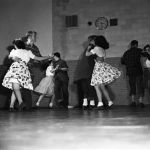 Why Was Square Dancing Taught in School?
Why Was Square Dancing Taught in School? Why Swing Dance Is Popular for Adults
Why Swing Dance Is Popular for Adults A School Dance: How to Prepare, Shine, and Make It Unforgettable
A School Dance: How to Prepare, Shine, and Make It Unforgettable